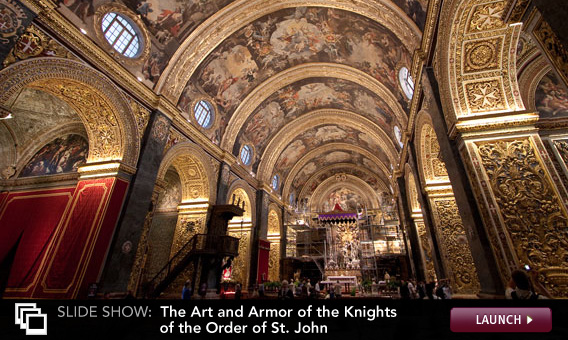Malta: 10 Days, 6,000 Years of History
If you've spent any time thinking about a chivalric order lately, dollars to doughnuts it's the Knights Templar, the sworn protectors of Jesus' secret bloodline in Dan Brown's daffy Da Vinci Code mythology. The visitor to Malta, however, is soon introduced to a different band of warrior-monks, the Knights of the Order of St. John. Though less shrouded in conspiracy theory, these knights played a more significant role in world history and have enjoyed far greater longevity. The Knights Templar were disbanded in the 14th century by King Philip IV of France. The Knights of St. John, by contrast, are still around, operating hospitals, providing humanitarian aid, and generally doing good deeds around the globe. They even print their own postage.
Also known as the Knights Hospitaller, the order got its start building hospitals for pilgrims traveling to Jerusalem in the 12th century. But it's only somewhat recently that the knights got back into the health care business. As the Crusades wore on, the Hospitallers became a military order, fighting to defend the Holy Land from the advances of the Ottoman Turks. The Turks eventually prevailed, expelling the Hospitallers, the Templars, and the other Crusaders from the Levant in 1291. But the adaptable Knights of St. John took to the sea, re-establishing themselves as an amphibious fighting force, plundering Turkish ships and enslaving their crews in the name of Christ. They were so brutally effective as pirates that the Ottoman Emperor Suleiman made capturing their base on Rhodes his first order of business after his coronation in 1521.
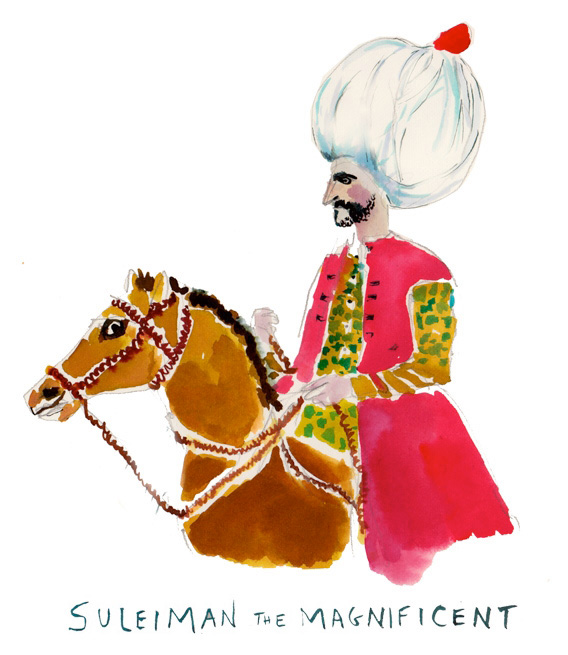
Dislodged from the Aegean, the knights petitioned the Holy Roman Emperor, Charles V, for a new home. Charles offered them Malta, asking in return only that they be willing to give their lives to defend it from the Turks and the marauding North African corsairs then making life miserable for Southern Europe. That and the knights must send Charles an annual tribute, on All Saints' Day, of a single falcon. (The Maltese falcon in Dashiell Hammett's novel was a jewel-encrusted golden statue sent as a tribute to Charles by the Knights of St. John. For some reason, John Huston, in his film adaptation, says the statue was a gift from an imaginary amalgamated chivalric order he calls the "Knights Templar of Malta.") Never known to shy from a fight, the knights pointed their galleys toward Malta and told their Turkish slaves to row.
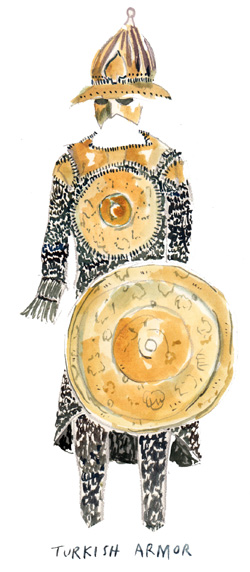
The knights didn't have much time to enjoy their rocky, inhospitable new home. Sure enough, the Turks showed up on Malta's shores in the spring of 1565 with a massive expeditionary force. Some 500 knights, together with about 5,000 mercenaries and native Maltese, would have to defend the island from 22,000 Turks. It didn't look good. The ensuing siege was bitter, even by 16th-century standards. The Turks decapitated and crucified captured knights; the knights retaliated by decapitating Turks and firing their skulls from their cannons. But thanks to the savvy leadership of the septuagenarian knight Jean Parisot de la Vallette —and thanks to some very good luck—the knights managed to keep the Turks from scoring a decisive victory. With the rough seas of winter bearing down on them, the Turkish fleet returned to Istanbul empty-handed. Christendom had been saved, and the Turkish advance into the Western Mediterranean turned back. (For a terrific account of the siege, read Roger Crowley's EmpiresoftheSea.)
Many of Malta's tourist attractions are connected in one way or another to the Great Siege. In the wake of their victory, the knights built a fortified city that would command Malta's Grand Harbor and make the Turks think twice about a return visit. Valletta, named for Vallette, remains the Maltese capital, home to its national government and to its most spectacular place of worship (this is saying something): the fantastically baroque Co-Cathedral of St. John, where the knights worshiped and buried their dead.
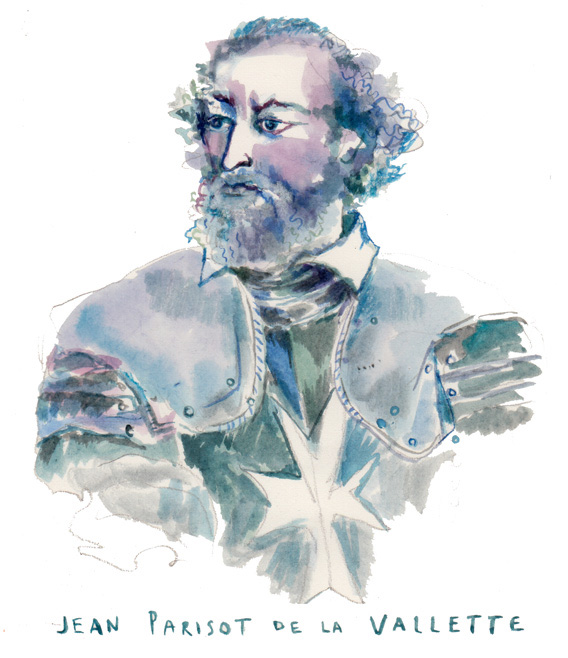
Visiting the cathedral, as we did one weekday morning, is a disorienting experience. Its facade is deceptively ho-hum, giving little hint of the elaborate ornamentation that awaits once you walk through its doors. Nearly every corner of the interior is decked out with paintings, sculpture, and gilt work dedicated to the glory of Christ—and to the glory of the knights themselves. Alof de Wignacourt, an influential successor to Vallette in the role of grand master of the knights, decided that each of the eight countries with representation in the order would be responsible for the design of a side chapel along the nave of the church. Inevitably, this led to an adornment arms race, with each country vying to outdo the others' opulence. The result is a garish grandeur that can't be captured in a photograph, though that doesn't stop a daily throng of tourists from trying. Even this impressive Microsoft photosynth of the altar can't quite drink in all the detail.
As we walked through the cathedral, our eyes were drawn upward, toward the barrel-shaped ceiling, which is decorated with an elaborate cycle of oil paintings by the Calabrian knight Mattia Preti, who depicted the life and death of John the Baptist, the order's patron saint. The church's most impressive achievement, however, is right below your feet. The spectacular floor is made up of 350 polychrome intarsia marble tombstones, which pay homage to the generations of knights buried below. Each tombstone tells the story of an individual knight, with vivid, often macabre imagery and complicated heraldic symbols. (Several of the tombstones would have made excellent Grateful Dead album covers.) Latin inscriptions enumerate the good deeds of the knights and occasionally offer pointed reminders to those still walking the Earth. "Flecte lumina, quisquis es, mortalitatem agnosce," reads one. "Bend down with your lighted candles, whoever you are, and acknowledge your mortality." On the tombstone belonging to Fra' Gaspar de Figuera, a smiling skeleton sits atop a clock, bearing this message: "Venit hora eius. Veniet hora tua"—"His hour came. Yours will, too." Nothing like a reminder of your inevitable demise to make you appreciate your holiday.
A short walk down the street from the Co-Cathedral of St. John is the Magisterial Palace, once home to the grand masters of the knights and now home to Malta's House of Representatives. Here, for the agreeable fee of 10 euros, a visitor can gain entry to the Palace Armory, a collection of armor and weaponry dating to the 15th century, when the knights were still on Rhodes. There are items that were worn during the Great Siege, including a back and breastplate that belonged to Vallette, inscribed with the unlikely war cry EcceAgnusDei—"behold the lamb of God." The collection features armor worn by the highest-ranking knights and by the lowest-ranking infantrymen. The armor worn by common soldiers was plain, utilitarian, while that of the knights featured elaborate filigree—this was equipment meant to protect you from your enemies but also to signal your wealth and nobility to your comrades-in-arms.
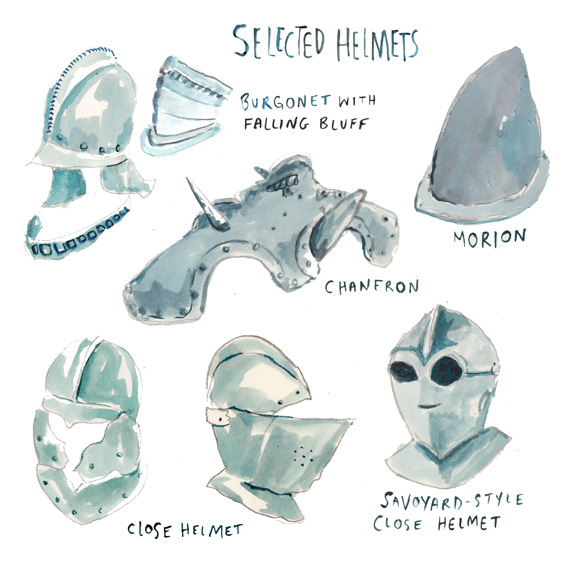
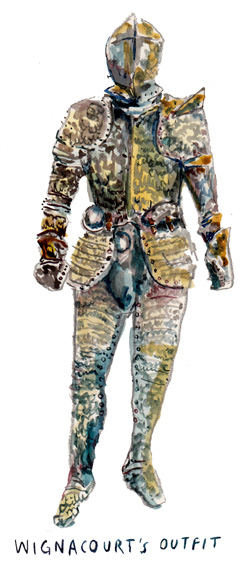
Armor, we learned as we browsed the palace collection, was very much subject to the fickle whims of fashion. In the 16th century, the chicest helmets featured a prominent comb, which served little function but gave the helmets a sleek insouciance. In the 17th, the Savoyard-style helmet caught on with heavy cavalry and siege engineers. These helmets provided good protection for the face but were also clearly designed to strike fear into the hearts of the enemy with their ghoulish imitations of human physiognomy. We were particularly impressed by the fabulously ornate armor that had belonged to Grand Master Alof de Wignacourt, which was encrusted with silver and gilt. From Wignacourt, we learned that the classy knight outfits his horse with a matching chanfron, a shield for the horse's head that can really tie a suit of armor together.
One evening, we watched a fireworks competition unfold over the fortified city of Vittoriosa, from which Vallette bravely commanded the island's defense during the siege. (At one point, when it seemed as if the Turks were about to breach the city walls, Vallette donned his helmet, grabbed a pike, and ran to the front lines, telling his troops, "This is the day to die." He didn't, and the knights held off the Turkish attack.) Fireworks contests are a frequent occurrence in Malta, which is home to some of the world's finest makers of pyrotechnics and a firework-loving populace. "It is said," writes George Plimpton in his book-length study, Fireworks,"that a [Maltese] man who successfully completes a morning shave without a cut is quite likely to celebrate the feat by shooting a rocket out a window." These explosions took the form of colorful pinwheels and shimmering weeping willows, but the citadel must have been similarly illuminated 450 years ago by menacing Turkish artillery hoping to catch Vallette peeking over the ramparts at the enemy lines below.
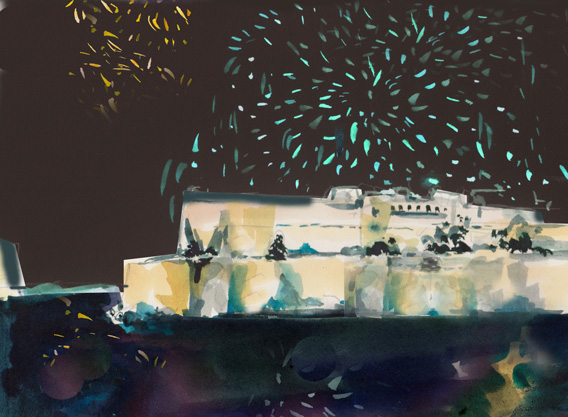
Next: Jogging with Jesus.
